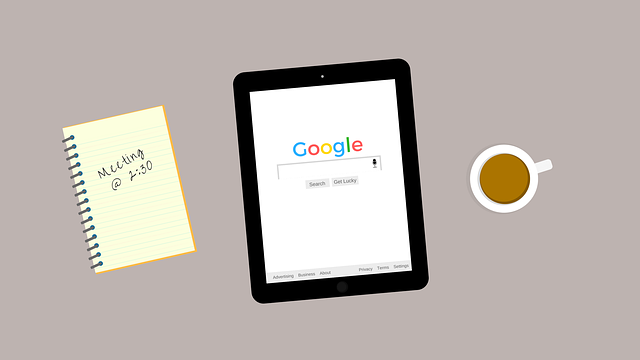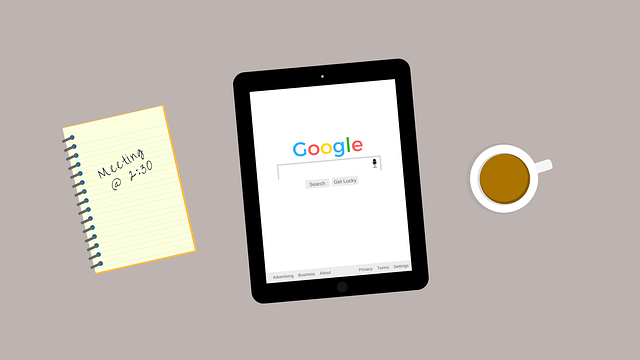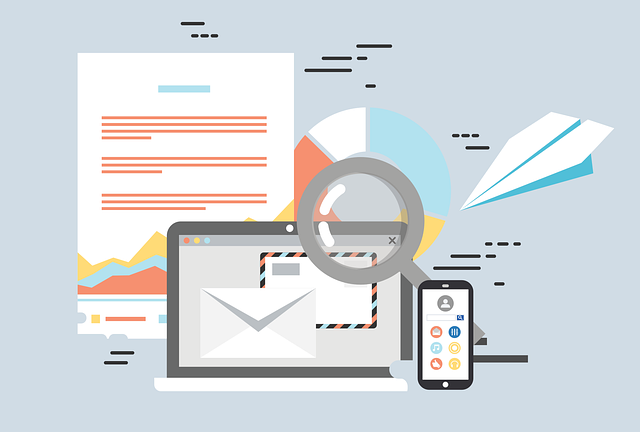Transactional emails are a powerful tool to propel customer satisfaction and solidify brand loyalty. By employing these strategic communications, you can transform mundane interactions into memorable experiences. So, seize the opportunity to enhance your customer’s journey with personalized and purposeful emails.
This article will reveal how to use transactional emails to not only meet but exceed customer expectations. From delivering clear and concise information to incorporating captivating visuals, each element is designed to captivate and engage your audience. Furthermore, by including calls to action that encourage further interaction, you can foster a lasting connection.
But don’t stop there! Monitoring and analyzing email performance will help you fine-tune your strategies and maximize your results. Get ready to unlock the true potential of transactional emails and leave a lasting impression on your customers.
Key Takeaways
- Transactional emails play a crucial role in customer satisfaction and brand loyalty.
- Personalized and purposeful emails can enhance the customer journey and make customers feel valued and understood.
- Monitoring and analyzing email performance is important for optimizing results and making data-driven decisions.
- Clear and concise content, visual elements, and compelling calls to action are essential for improving engagement and conversion rates in transactional emails.
Understand the Importance of Transactional Emails
You may not realize it, but transactional emails play a crucial role in ensuring customer satisfaction and should not be underestimated. The importance of timing cannot be stressed enough when it comes to transactional emails. Whether it’s a confirmation of a purchase, a shipping notification, or a password reset email, customers expect these messages to be delivered promptly.
By sending timely transactional emails, you demonstrate that you value your customers’ time and are committed to providing them with a seamless experience. Moreover, transactional emails also contribute to customer retention. They serve as a reminder of the positive experience they had with your brand and can help build trust and loyalty.
Now, let’s move on to the next section about how to personalize and customize your emails to further enhance customer satisfaction.
Personalize and Customize Your Emails
Tailor your emails to match the unique preferences and interests of each recipient, ensuring a personalized and engaging experience. By utilizing customer segmentation, you can group your customers based on demographics, purchase history, or behavior, allowing you to send targeted emails that resonate with their specific needs.
Here are four ways to personalize and customize your emails:
-
Use the recipient’s name in the email subject or salutation to make it feel more personal.
-
Include dynamic content that’s relevant to the recipient’s past interactions with your business.
-
Send personalized product recommendations based on their previous purchases or browsing history.
-
Use email automation to trigger personalized emails based on specific actions or events, such as abandoned carts or birthdays.
By personalizing your emails, you make your customers feel valued and understood, leading to increased customer satisfaction and loyalty. Providing clear and concise information in your emails is another crucial aspect of improving customer satisfaction.
Provide Clear and Concise Information
To ensure that your recipients quickly understand the purpose and content of your emails, it’s important to provide them with clear and concise information.
By doing so, you can increase engagement and improve deliverability. Start by using a descriptive subject line that accurately reflects the content of the email.
Then, in the body of the email, get straight to the point and avoid unnecessary jargon or lengthy paragraphs. Use bullet points or numbered lists to break down information into easily digestible chunks.
Additionally, include clear call-to-action buttons or links to guide recipients towards the desired action.
Remember, concise and straightforward emails not only save your recipients’ time but also make it more likely for them to read and respond to your message.
Now, let’s explore how you can use visuals to enhance communication.
Use Visuals to Enhance Communication
Enhance your communication by incorporating visuals that captivate and engage your audience. Visual design plays a crucial role in creating effective transactional emails. By using images and graphics, you can convey information more easily and make your emails visually appealing.
Here are five ways visuals can improve your email interaction:
- Use eye-catching images to grab attention
- Incorporate infographics to present complex data in a simplified manner
- Include screenshots or product images to showcase your offerings
- Utilize icons and symbols for quick understanding
- Use color schemes and typography to enhance the overall visual experience
By incorporating these visual elements, you can create transactional emails that are not only informative but also visually appealing, improving customer satisfaction.
Now, let’s move on to the next section and see how you can include calls to action for further engagement.
Include Calls to Action for Further Engagement
Now, let’s dive into the next section and discover how you can spice up your emails with irresistible calls to action, turning passive readers into active participants.
To improve email conversion and engage your customers further, it’s crucial to include interactive content and compelling calls to action. Interactive content, such as quizzes, surveys, or clickable images, can add an element of fun and interactivity to your emails.
By incorporating calls to action, such as ‘Shop Now,’ ‘Learn More,’ or ‘Sign Up,’ you encourage recipients to take the desired action and increase their engagement with your brand. These calls to action not only guide customers towards the next step but also create a sense of urgency and excitement.
By incorporating these strategies, you can optimize your transactional emails for better results.
In the subsequent section, we’ll explore how to monitor and analyze email performance to further enhance your email marketing strategy.
Monitor and Analyze Email Performance to Optimize Results
Keep track of your email performance to maximize your results and see the impact of your email marketing efforts. Monitoring and analyzing your transactional emails is crucial in understanding how well they’re performing and identifying areas for improvement.
By measuring key metrics such as email open rates, click-through rates, and conversion rates, you can gain valuable insights into the effectiveness of your emails.
To optimize your results, consider the following strategies:
-
Improve email deliverability: Ensure that your emails are reaching your customers’ inboxes by regularly monitoring your email deliverability rates. Use email authentication protocols such as SPF, DKIM, and DMARC to increase deliverability.
-
Conduct A/B testing: Test different variations of your transactional emails to see which ones perform better. Experiment with different subject lines, content, and call-to-action buttons to optimize engagement and conversion rates.
-
Analyze customer behavior: Track how customers interact with your emails and identify patterns. Are they opening your emails but not taking any action? Use this information to tailor your emails and improve customer satisfaction.
By monitoring and analyzing your email performance, you can make data-driven decisions to enhance your transactional emails and ultimately improve customer satisfaction.
Frequently Asked Questions
How do transactional emails differ from promotional emails?
Transactional emails differ from promotional emails in their purpose and content.
While promotional emails are designed to market products or services, transactional emails are triggered by a specific action or transaction, such as a purchase confirmation or a password reset.
Transactional emails provide essential information to the customer, such as order details or account updates, whereas promotional emails aim to persuade and entice customers to make a purchase.
Using transactional emails offers several benefits, including increased customer engagement, improved deliverability, and enhanced brand trust.
Remember, ‘actions speak louder than words.’
What are some best practices for personalizing transactional emails?
To personalize transactional emails, it’s important to utilize various personalization techniques. These techniques make each email feel tailored to the individual customer. You can achieve this by using their name, referencing their recent purchases or interactions, and offering specific recommendations based on their preferences.
Importance of segmentation should not be underestimated. It allows you to group customers based on specific criteria, such as demographics or purchase history. This enables you to send targeted emails that are more likely to resonate with them.
By implementing these best practices, you can create transactional emails that feel personalized and enhance customer satisfaction.
How can I ensure that my transactional emails are delivered to the recipient’s inbox?
To ensure your transactional emails land in the recipient’s inbox, email deliverability is crucial. Think of it as a gatekeeper allowing only the most trusted messengers to enter.
Email authentication plays a vital role in this process, helping to establish your credibility and prevent your emails from being flagged as spam. By implementing strong authentication protocols, like SPF, DKIM, and DMARC, you can increase the chances of your important messages reaching your customers, fostering trust and satisfaction.
Are there any legal requirements or regulations that I should consider when sending transactional emails?
To ensure legal compliance and improve email deliverability, there are a few key considerations.
First, familiarize yourself with the CAN-SPAM Act, which outlines requirements for commercial emails. Obtain proper consent from recipients and include a clear opt-out option.
Additionally, implement email authentication protocols such as SPF, DKIM, and DMARC to increase deliverability and protect against spoofing.
Regularly monitor and maintain a healthy email list, removing inactive or unengaged subscribers.
By following these guidelines, you can enhance your transactional email performance while respecting legal requirements.
What metrics should I track when monitoring and analyzing the performance of my transactional emails?
To effectively monitor and analyze the performance of your transactional emails, it’s crucial to track various metrics using email analytics.
One key performance indicator (KPI) to consider is the open rate, which measures the percentage of recipients who open your emails.
Additionally, the click-through rate (CTR) indicates the proportion of recipients who click on links within your emails.
By continuously monitoring these metrics, you can gain valuable insights and optimize your transactional emails for better engagement and customer satisfaction.
Conclusion
Congratulations! You’ve now unlocked the secret to customer satisfaction through transactional emails. Just like a skilled artist perfects their masterpiece, you’ve mastered the art of personalization and customization.
By providing clear and concise information, you’ve painted a vivid picture in the minds of your customers. With visuals as your brush, you’ve enhanced communication and captured their attention. Through strategic calls to action, you’ve opened the door to further engagement.
Now, armed with the knowledge to monitor and analyze email performance, you can optimize your results and create a harmonious symphony of customer satisfaction.
Embrace this newfound power and watch your business flourish. The choice is yours – will you be the virtuoso of customer satisfaction or merely a spectator?
The stage is set, the spotlight is on you, and the audience awaits. Seize this opportunity and let your emails sing!







